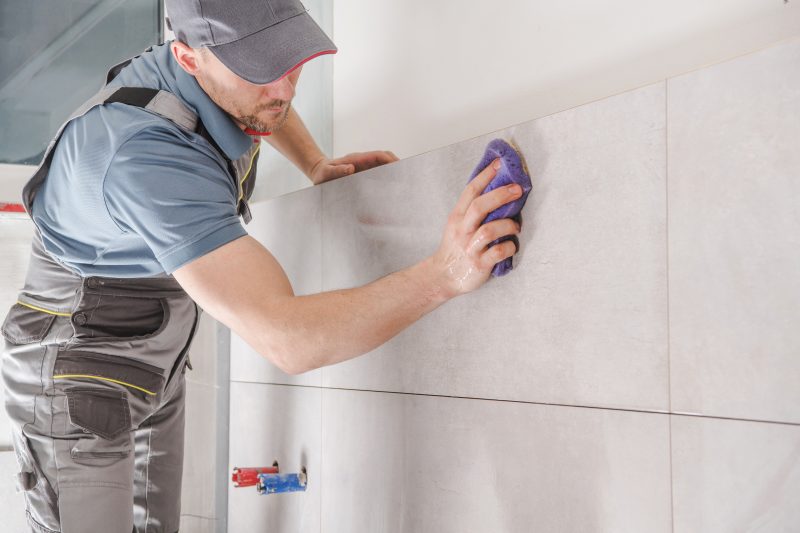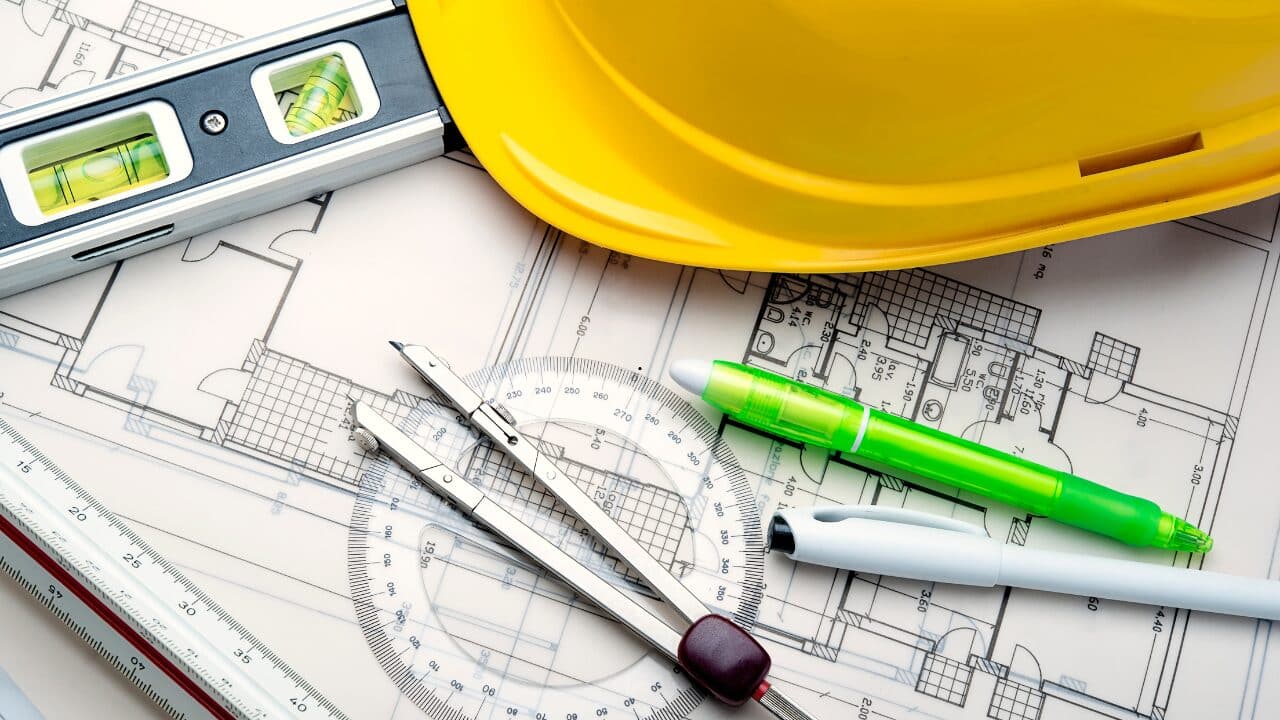If you have a general overview of the remodelling process, it would help you determine where you can save money and time.
If you are interested in planning for bathroom renovations Melbourne eastern suburbs, you could find various bathroom renovators online.
Carrying out bathroom renovations would require you to follow various steps that are as follows:
Table of Contents
Planning
Both DIY and contractor remodelling jobs depend on good planning to control the costs and keep things at a quick pace. Some of the major elements include drawing plans, obtaining permits, signing contracts with professionals and scheduling their time and also sourcing and ordering materials necessary for renovations.
Demolition
All remodelling work starts with tearing apart and removing elements that would be replaced. Based on the level of your remodelling job, this could be a simple matter of removing old fixtures and flooring and replacing it with new ones.
It would be hard work but would not be difficult. Most homeowners could do this work themselves to save money. Most of the demolition could be done at a weekend.
Framing rough-in
This step would follow after plumbing and electrical work if you are planning to do any. In most cases, if the plumbing lines and electrical work is fine, people avoid making changes.
Framing rough-in refers to the structural framework that would be required. Low level remodels might not require after framing at all while others might require framing in a new shower stall or something else.
Drywall installation
Most remodelling jobs would involve opening up at least some of the ceilings and walls and following the plumbing and wiring rough-ins to pass the inspection, you could finish installing drywall.
You could also undertake a DIY project for the same. This is tedious work but is well within the skill level of most DIYers. The money-savings are modest because professional drywall installation is cheaper.
Tile and Flooring
Ceramic tile could pose one of the more significant costs for a bathroom, both in terms of time and material costs. Ceramic tile showers and floors are premium materials that most homeowners choose to leave to the pros for installation.
The work could be difficult to get right for a DIYer but the cost-saving rewards would be substantial as it is labour-intensive work. Flooring options are less expensive and DIY friendly to install. Tiles and flooring are some of the areas where you could save money by doing your research and buying materials online.
Installing cabinetry
In most cases, vanities and other wall cabinets are installed after ceilings and walls are finished but before the final plumbing fixtures get installed. When it comes to a small bathroom where the space is limited, the work done is a bit clumsy. However, many DIYers can tackle the issue.
Installing fixtures
The final step for the plumber as well as an electrician would be to install various fixtures and make the final plumbing and wiring connections.
This would be a hazard when it comes to any plumbing on wiring work but when professionals handle the plumbing and wiring inside the walls, hook-ups would go smooth as the experienced people handle the same. However, you have to make sure that the final installation gets inspected before ending the work completely.






